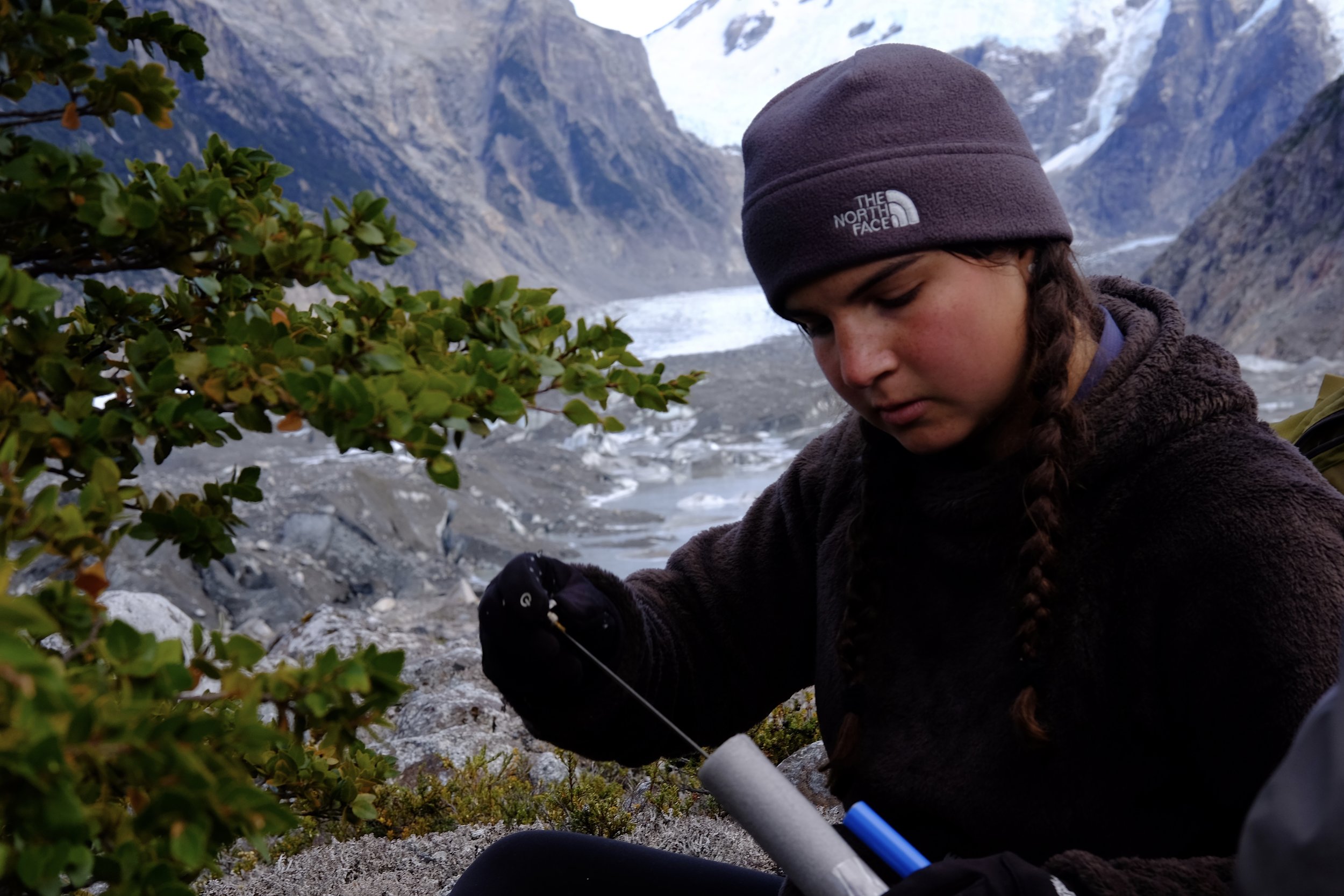Program:
Patagonia Frontiers designed and conducted a field course and research program for the High Mountain Institute’s gap year students in March 2019. The HMI course is designed for students to explore breathtaking mountain regions, immerse students in Patagonian culture, and engage with grassroots efforts that improve environmental and social sustainability.
The Patagonia Frontiers portion of the gap year explored a region adjacent to the Northern Patagonia Ice Field. Students from HMI attended a two-week course in physical geography conducted by Patagonia Frontiers staff in the Solér Valley near Puerto Bertrand. Students and instructors are field based, traveling by foot each day, carrying their own food and equipment, holding a series of classes and tent camping at night.
The program consisted of eight days of student-led, instructor-supervised wilderness travel with daily classes and training. It culminated in a four-day LNT camp amongst the morainal crescents at the foot of the Solér Glacier where the research project was carried out. Academic classes were designed to enable students to gain a greater appreciation and knowledge of glacial processes including glacier formation, dynamics, melt and hydrology, mass balance and the key elements relating directly to the fieldwork component, namely glacial landforms formation and vegetation succession following de-glaciation of a landscape.
Under the guidance of Patagonia Frontiers’ Academic Program Lead, Cambridge University Department of Geography graduate Felix Koninx, students selected, cored and measured 40 Nothofagus Betuloides trees in the direct vicinity of the snout of the Solér Glacier. Field counts of the number of annual growth rings were conducted to give a first estimate of tree age. The fieldwork aspect of the research project was successful in building on, and extending upon the dendrochronology of the area, first described by T. Sweda in 1987. In doing so, valuable data has been collected to elucidate the recent dynamic recession of the Solér Glacier.
The cores where packed out of the research area and dried at the Patagonia Frontiers main base on Lago Plomo, and stored to allow for further analysis in the future by subsequent groups of student-researchers.
The fieldwork component just completed represents the first steps of a multi-year project. There remain further steps to complete before a more precise description of the recent dynamics of the Solér Glacier can be produced. Namely, these include estimating the tree age below the height of the coring scar, and research to validate and refine the estimate of Nothofagus Betuloides colonization delay following de-glaciation. These steps are well suited to fieldwork investigation by future groups of student-researchers, and allow the opportunity to integrate other scientific methods, such as lichenometry and satellite remote sensing.
Patagonia Frontiers would like to thank CONAF, governing body of Chile’s protected lands, for its authorization of the research and the learning opportunities it afforded the program’s students. CONAF REPORT
WHAT STUDENTS AND TEACHERS HAD TO SAY:
“I have a much better understanding of “place” now… landscape, terrain, culture, geography.”
“I’ve been inspired to continue learning!’
“This was an opportunity to see how much we are capable of with appropriate challenge.”
“The instructor has a tangible passion for geography. It’s clear an awful lot of work went on beforehand.”
“I gained a whole new perspectives on climate change.”
“I like how teaching and learning are viewed as a collaborative effort.”
Gallery:
Patagonia Frontiers Philosophy:
“To contact the deeper truth of who we are, we must engage in some activity or practice that questions what we assume to be true about ourselves.” ~A.H. Almaas
We design and lead wilderness education and leadership programs. Our educational programs work with high schools, universities, camps and other organizations to provide logistics and risk management oversight for the institution's established program or through our own outdoor, leadership and science curriculum.
Our mission is to advance outdoor education and conserve wilderness classroom, serving as an ally for the surrounding parks and communities. We create learning environments that invite students to expand their view of what is possible, both as an individual and as a group. Our intent is for students to gain knowledge, courage, and techniques necessary for implementing beneficial change, and the enthusiasm to positively impact our world and be dreamers and doers in their own lives.
"When we know that the animals and plants are part of who we are, we can listen and respond. Ignoring the trees is like ignoring our lungs when they are congested and we can't breathe. Extinction of the songbirds means the end of our living music. When the planet herself calls to us in our dreams, if we are in touch with the truth of our mutual belonging, our hearts naturally stir with care. We remember that the web of life is our home." ~Tara Brach, excerpted from Radical Acceptance: Embracing Your Life with the Heart of a Buddha






















